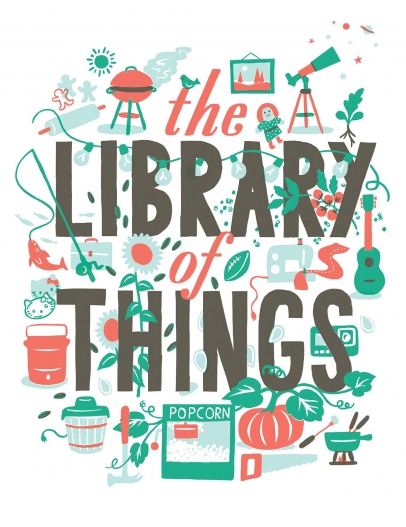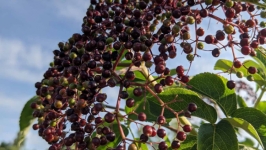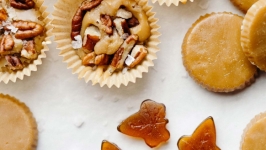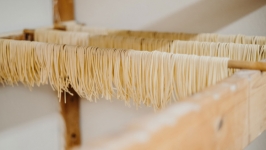The library of things: From fondue pots to power tools
As we all strive to be more conscious consumers, our local public libraries—the original sharing economy—are stepping up to provide community ownership of much more than books. The global Library of Things movement is in full swing.
Need tools for a home improvement project? The Niles, MI, District Library has them, including drill bits, a drywall kit and a laser level. Want to pique your kids’ scientific curiosity? The Warsaw, IN, Community Public Library can set you up with a telescope, microscope and binoculars.
Kitchen gadgets are a popular subset of many Things collections, especially for those items used only rarely, such as holiday-themed cake pans and cookie cutters, pressure canners and that nifty crème brulée micro torch.
“Try it before you buy it” is another motivating aspect. The Instant Pot and air fryer are among the “new hot items that everyone wants to check out,” says Sarah Skinner, information and reader’s services manager at the Niles library.
The library’s extensive kitchen collection is about two years old and, as is the case for many such collections, relies heavily on donations. “We also have a small budget to fill gaps in the collection, buy replacement parts and fill requests from patrons,” she says.
Patron demand commonly drives acquisitions for a Library of Things. Dana Owen, head of information services at the Warsaw library, started their collection in February of 2018 with some cake pans and a sewing machine. “We really didn’t plan to have a heavy emphasis on kitchen-related items, but that was what people were suggesting,” she says. Now they lend out, among other things, a bread maker, food dehydrator, vertical roaster, and ice cream and pasta machines.
These collections, though non-traditional, support the mission of a library, which includes encouraging lifelong learning and providing for community needs.
As the information age has changed how libraries are used, they have had to redefine their role by offering new services. Increasingly, libraries are becoming creative hubs, providing on-site classes and makerspaces like those at the St. Joseph County, IN, Public Library, with its 3D printer and digital media lab.
Cooking classes for teens are every third Monday of the month at the Plymouth, IN, Public Library, which holds a collection of cake pans and decorating kits. An adult DIY program every Tuesday evening includes cooking, canning and preserving projects, such as homemade pickles and kombucha.
“This whole Library of Things movement has been an outgrowth of libraries trying to reimagine: ‘How can we still be useful? How can we still show value to the community?’” says Mark Robison, political science and peace studies librarian at the University of Notre Dame and co-author of the book Audio Recorders to Zucchini Seeds: Building a Library of Things.
In his book, Robison observes that the movement surged after the 2008 financial crisis, as the sharing economy grew alongside concerns about economic and environmental sustainability. Libraries can provide material rather than information needs by “making expensive items available to all through collective ownership,” he writes.
Many public libraries are fostering collaboration and sustainability through seed libraries. Not only practical and educational, they promote biodiversity and the native plants best suited to the environment.
Both the Three Oaks, MI, Township Public Library and the Niles District Library house popular seed libraries. They file small envelopes of seeds alphabetically in old card catalogs and have between 80 and 100 varieties of native flowers, plants, fruits and vegetables. Patrons are asked to harvest seeds and donate them back to the library.
The seed library in Niles was started last fall, when nearby Fernwood Botanical Garden discontinued its seed library and donated its collection.
“Lots of people love to garden,” says Skinner. “We are always trying to fulfill the needs of people in our community.”









